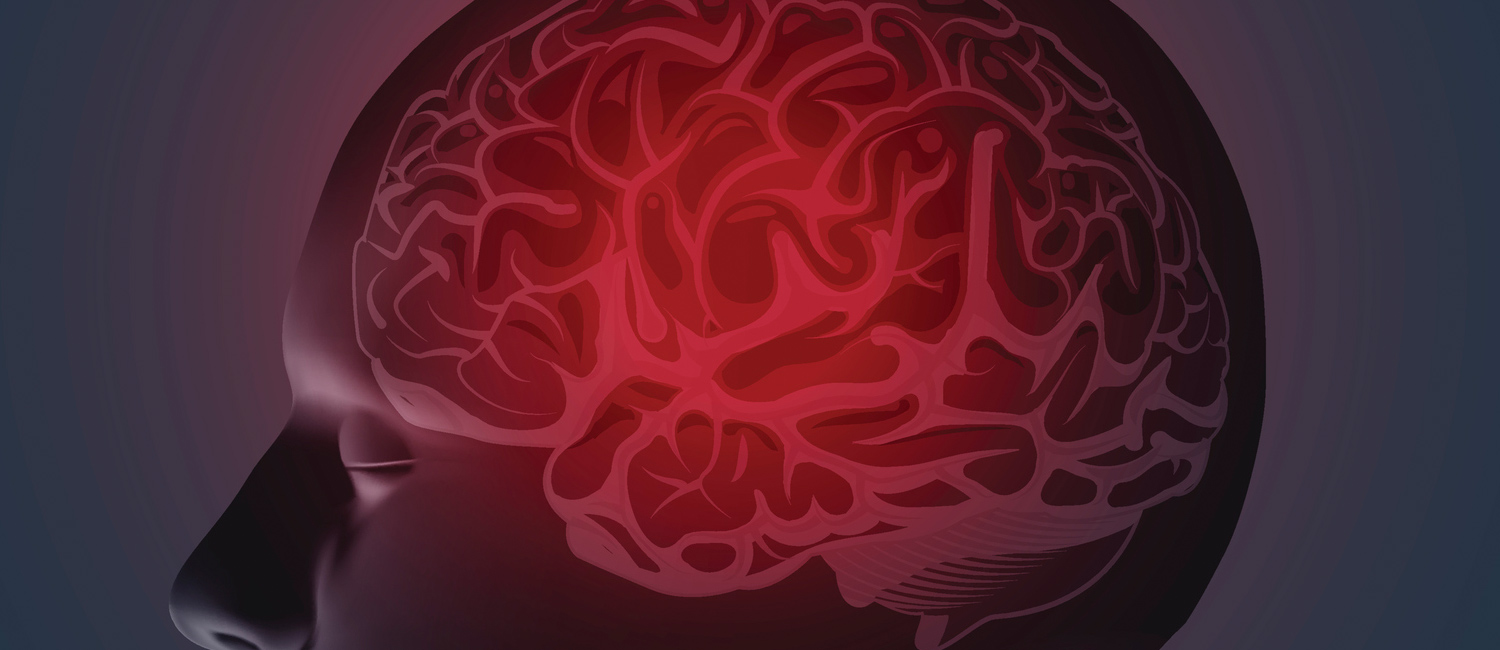
The translation of pain
Feeling pain, whether it’s from a root canal or a shattered heart, is among the most universal of human experiences. It also can be profoundly isolating.
“Pain is invisible to anyone who is not experiencing it directly,” says Lorena Terando, a translation and literature associate professor in the College of Letters and Science.
“As the one who experiences it, you must convey your pain through language. But it’s very difficult to convey through language when it’s such an abstract, unspeakable thing.”
But what is difficult is also necessary. Language is one of the most powerful tools available to diagnose, understand and recover from pain. Imagine parenting a sick child or going to couple’s counseling without descriptions of how your child, you or your spouse feels.
Terando can’t. As a professor, mother of three bilingual daughters and translator of award-winning nonfiction such as “My Life as a Colombian Revolutionary,” she studies techniques necessary to transmit stories of pain across linguistic and cultural barriers.
“Pain, as language, is shaped by culture, time and place,” Terando says. She offers the difference between two ER patients with the same injury using the 0-10 Numeric Pain Rating Scale: “An 85-year-old World War II veteran tells the doctor his pain is at a 3, and a 30-year-old homeless person suffering from addiction says his pain is at a 10.” How the doctor treats each patient is based on each man’s articulation combined with the doctor’s knowledge of their histories.
Fluent in Spanish, French and English, Terando is fascinated by the personal preferences and cultural biases translators bring to their work. Meaning shifts when a translator chooses one word to describe pain over another.
So, Terando chooses her words most carefully, and advises her students to do the same.